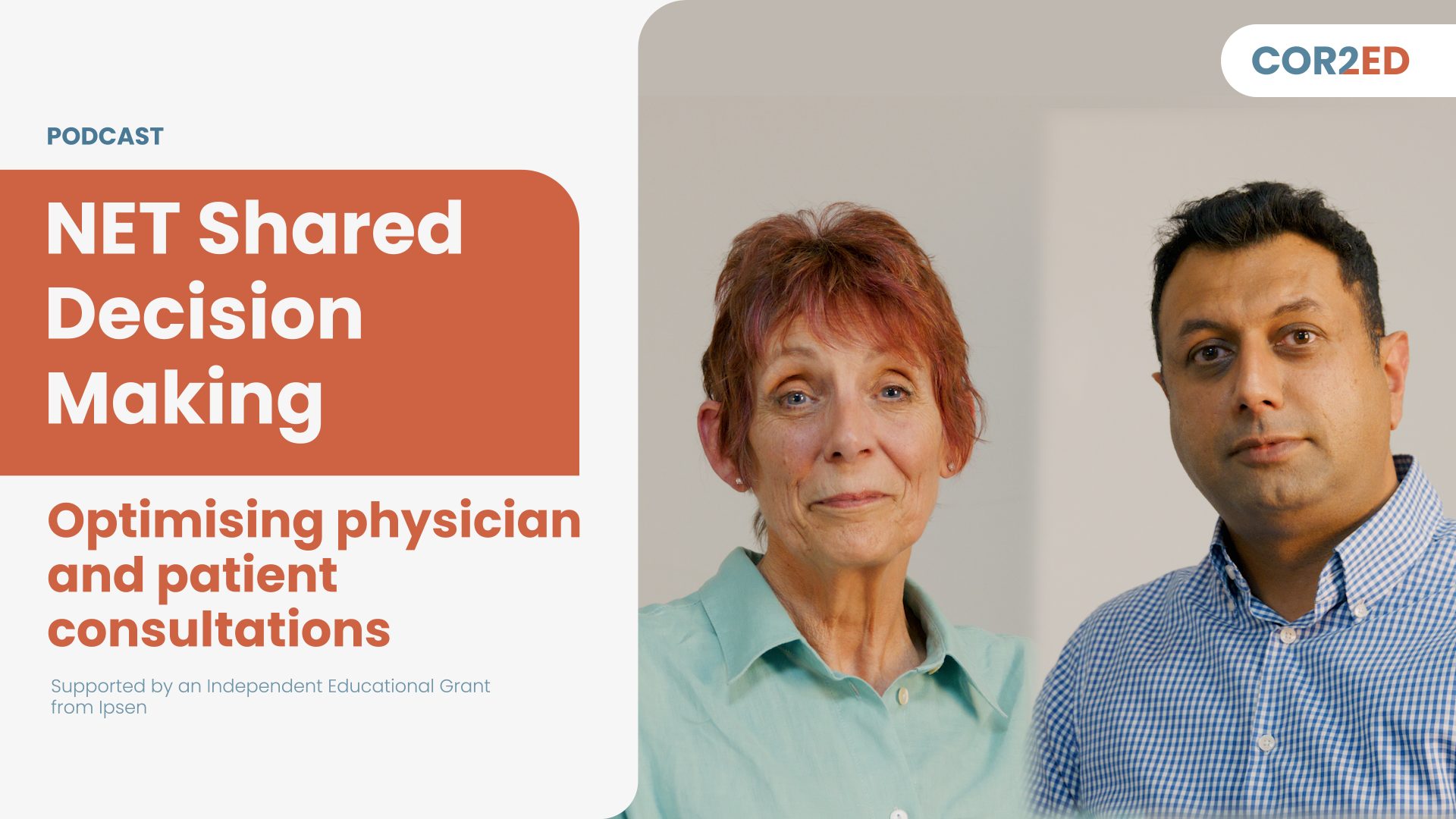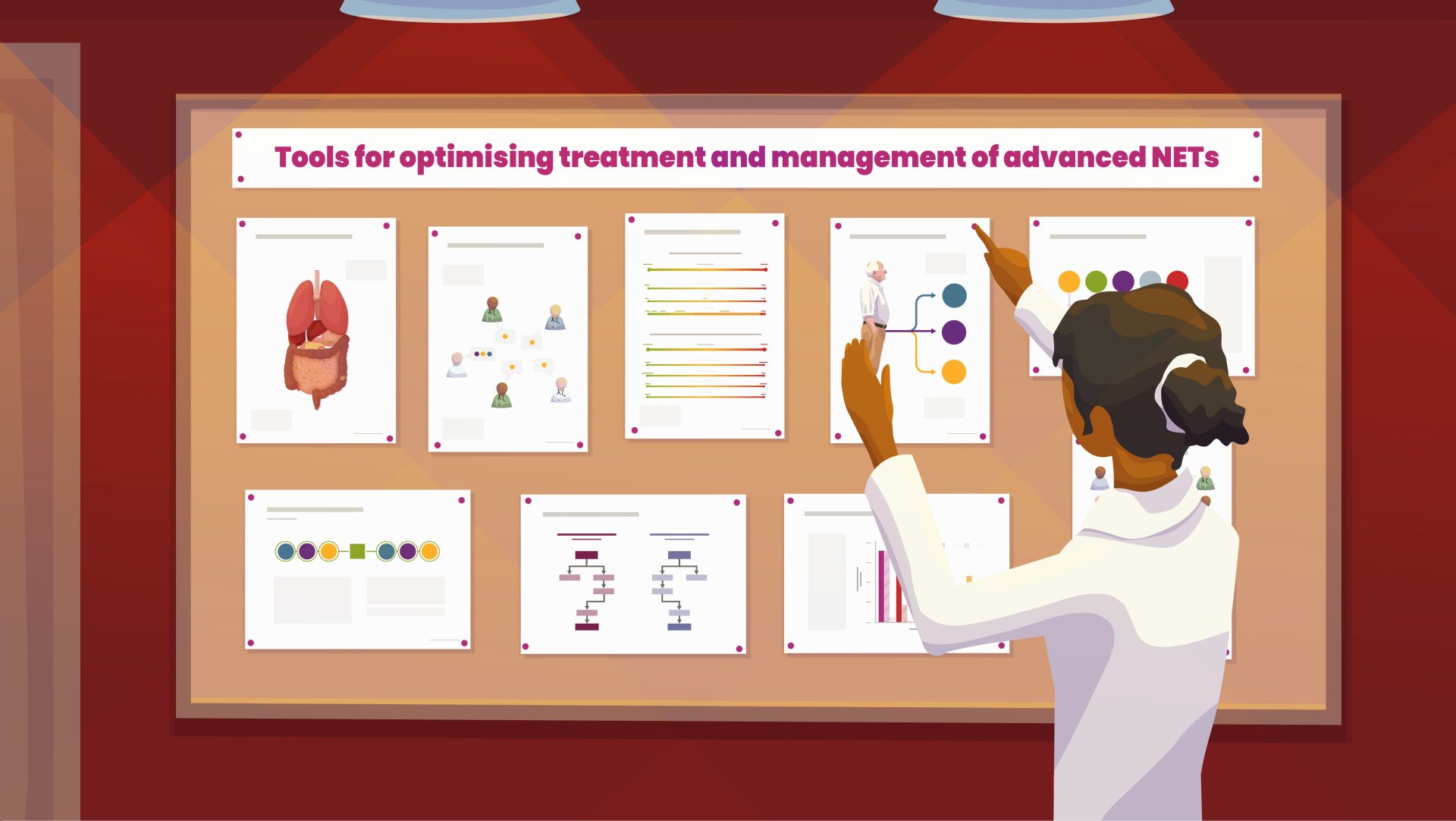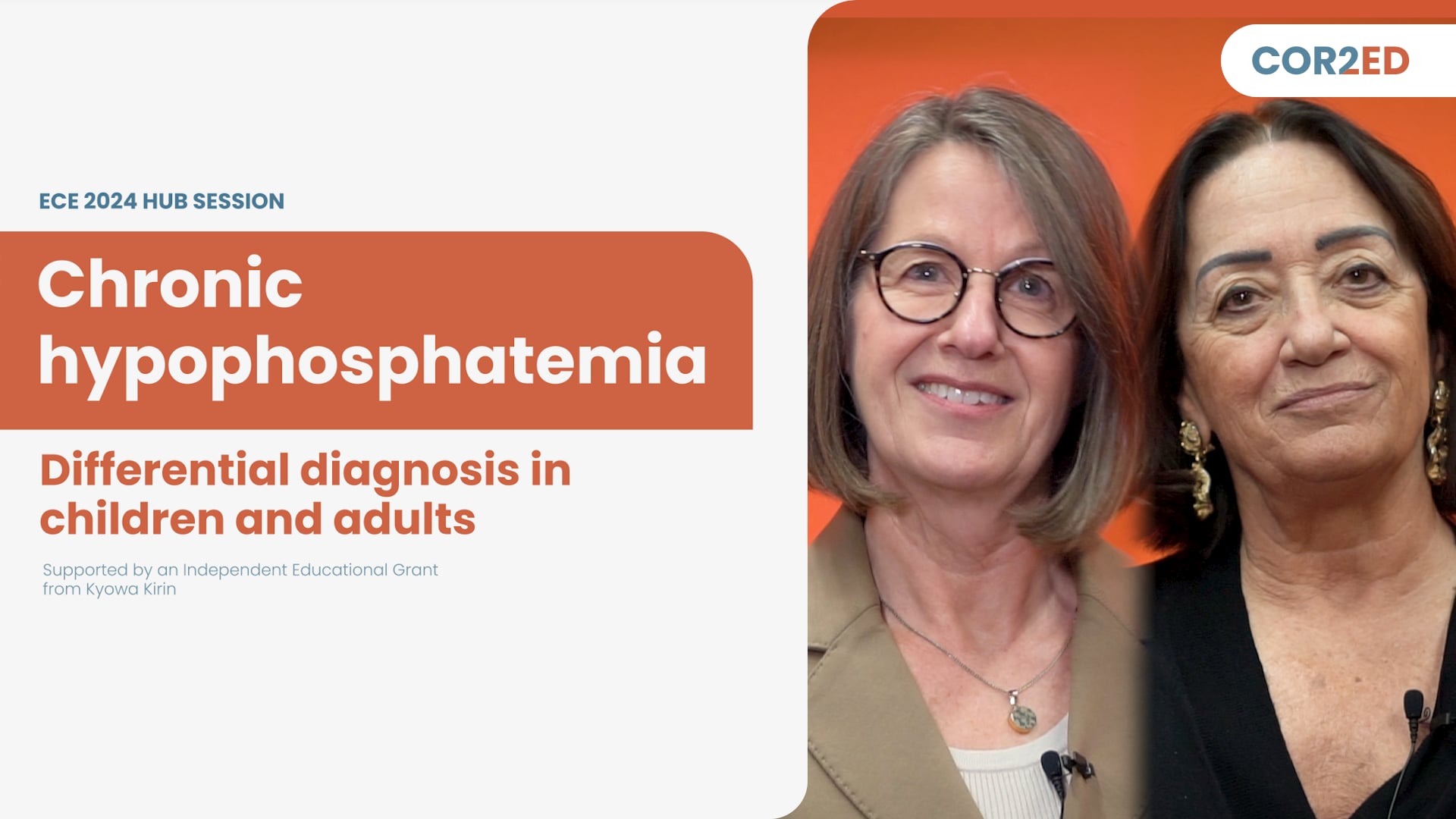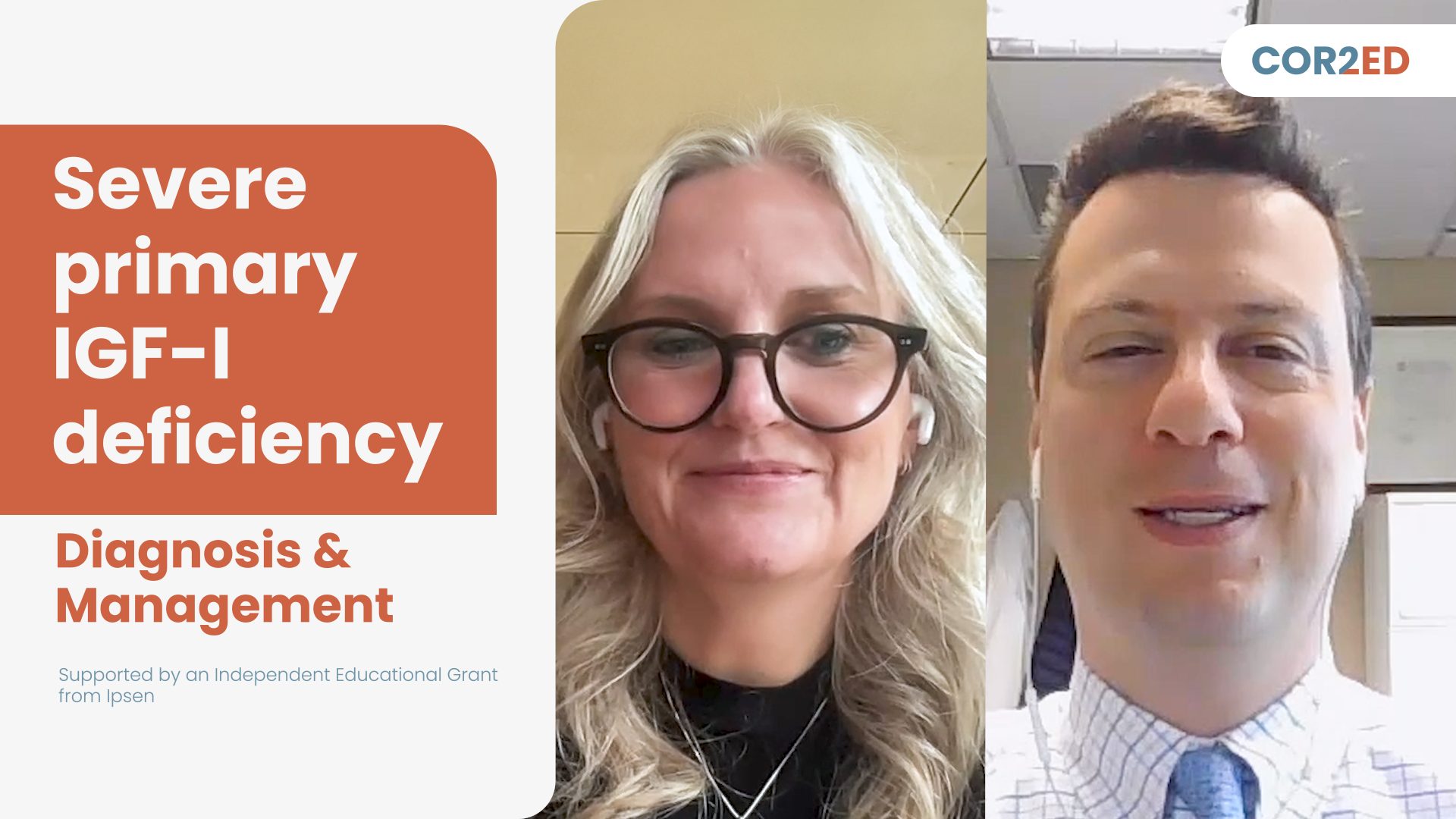Please note:
Podcasts are designed to be heard. If you are able, we encourage you to listen to the audio, which includes emotion and emphasis that is not so easily understood from the words on the page. Transcripts are edited for readability. Please check the corresponding audio before quoting in print.
This programme is supported through an independent educational grant from Ipsen and is an initiative of COR2ED.
The views expressed within this podcast are the personal opinions of the authors. They do not necessarily represent the views of the author’s academic institution, employer or other group or individual.
Jörn Schattenberg: Hello everyone thanks for tuning in. This is a podcast recapping the recent findings on primary biliary cholangitis during International Liver Congress 2022 just happening in London. My name is Jörn Schattenberg. I'm an academic hepatologist based at the University Medical Center in Mainz, Germany and it's a pleasure and honour to be joined here today by Dr Kris Kowdley, the Director of the Liver Institute Northwest and a clinical professor at the College of Medicine at Washington State University. Welcome Kris.
Kris Kowdley: Thank you Jörn.
Jörn Schattenberg: It's my pleasure to be recapping with you today some key findings related to primary biliary cholangitis from the recent ILC 2022. From a very personal note, at the beginning, I think it was great to be back in person and actually meet that was a real highlight beyond the content of course.
Kris Kowdley: Yes, I agree, and Jörn, EASL did a wonderful job of putting on the ILC first live conference, so congratulations.
Jörn Schattenberg: Great thanks - I am glad you enjoyed it. Let's dive right into topic, because we have a limited time today and there's a lot of stuff to be covered here. Let me start with the diagnosis or the diagnostics around primary biliary cholangitis. Maybe you can give me a quick idea on what you're doing in your practice today, or maybe some data you've seen at ILC. What's new on diagnostics?
Kris Kowdley: Very timely question Jörn because, as we know the use of ELISA based, inexpensive antibody tests has sort of provided some confusion, at least in the United States because historically we used to get the results in immunofluorescence or using some sort of immunofixation test where you got the results in a titre for any mitochondrial antibody. Now increasingly we get a number in the US, so you order an AMA test and you get a number that could be 20, 30, 40, 60, 80 etc. And those who are not very experienced actually sometimes can get confused because at low levels of the ELISA antibody there are significant false positive tests. So one of the things I try to encourage people is to put the test in the clinical context. Does the patient have a cholestatic pattern of liver abnormalities? Is there other history of autoimmune diseases? Etc. One nice advance that has happened in the US is through some of the large commercial labs we can now order a PBC panel which allows us to get a more specific test, as well as the PBC-specific ANA test, ie the GP210 and SP100 antibodies which are available at one blood draw. So this has made a big advance, but certainly the availability of the inexpensive ELISA test has made it easier, on the one hand, to order the test, but also more confusing for practitioners. What do you find in Europe? Is it a similar issue or are people more sophisticated about how they run the AMA test?
Jörn Schattenberg: I think we've been in that arena for some time now and, as you said, I get my referrals as you've just described it. The dilution assays are used and I think there is less of a confusion in Germany, because these have been used for some time now. I think one of the important aspects is that I see a lot of positive AMA tests in the absence of cholestatic pattern of liver injury as you've just described, and I think we have to remember that this is not a test with a very high sensitivity or positive predictive value, meaning that it's not the AMA in the absence of elevated alkaline phosphatase that defines PB . Its is interesting to speculate that this population can potentially progresses to PBC at one point, but those are not patients, we have to consider for treatment at this time, and I think that in the realm of diagnostics that’s something we're seeing as pretty common in clinical care in terms of referral.
Kris Kowdley: Yeah it's an excellent point. In the US, I don't know about in Germany, but there's a reflex to order every test for every liver disease in a patient that presents for workup. So you get patients with a hepatocellular pattern of injury, no cholestatic pattern who get an AMA test or patients who get an AMA test for workup of unexplained liver test abnormalities and obviously those tests are much more difficult to interpret. But I guess from our standpoint, the more people are thinking about PBC and ordering the test for PBC the better, because you can make a wrong diagnosis – it’s better than making no diagnosis.
So let's move on to talk about some of the new exciting data presented at ILC and there were really a few different buckets, if you will. I think we are seeing now a greater emphasis on quality of life and patient reported outcomes and we're also seeing more work being presented in terms of how to interpret incomplete response to treatment with UCDA. There were a couple of posters that I thought were quite interesting. One poster talked about whether patients should be given a specific exercise program and actually showed some promise in terms of targeted exercise possibly being useful to help patients in terms of their quality of life. Similarly, there is another poster on survey well-being and mindfulness approach to treating PBC and that also I think was quite promising. So one of the things that's interesting, and this was pointed out by Dr Dyson in a very useful session was we focus on biochemical test abnormalities but I think the patients are much more concerned about their symptoms, particularly pruritus and fatigue and the fatigue may be related to pruritus, but may not be related to pruritus. So do you have any comments about some of these posters? I think we're seeing a real focus now on patient-reported outcomes and measuring quality life, and this may represent an important alternative pathway for development of new treatments.
Jörn Schattenberg: I'm aligned with you here, I think we have to remember, we have a highly effective first line therapy. Many patients respond to first line therapy, which is UDCA and has been around for some time. I know you've been very centrally involved in some of these initial trials and it's just great to have that. However, even patients that do respond to UDCA biochemically, we do have a certain underlying impairment in quality of life, as you highlighted, mostly in the arena of fatigue but also pruritus can be a persistent problem. One of the questions is, how intensely do I have to press for the normalization of alkaline phosphatase and I think when we consider second line therapy we're typically looking at the 1.67 cut off of alkaline phosphatase and not necessarily complete biochemical normalization. But there have been some reports on lower cut offs and I think one of the posters that you mentioned showed us that we do not necessarily have to thrive for complete normalization but it would be important to get the patients in the category below 1.5 ULN of alkaline phosphatase. This is an area where the data is supported.
Now other aspect you mentioned, the quality of life and what can we as physicians do to support quality of life for our patients, I found this very interesting that the UK group started advising patients to actually work out and do physical exercise. There's been a number of studies that have shown or that have linked sarcopenia and muscle loss in particular in progressive disease to increased symptom burden. We know there's more disease progression. So, by implementing an exercise program which was fairly simple and straightforward patients were empowered to do something for their health within their own home - weighted aerobic exercise. Within the study patients were followed-up by weekly telephone calls. To me this is an important element that supports patients adherences and shows the patients that the health care provider care and follow their progress, motivating them, aiming to lower barriers for implementation. The most striking aspect here is, that these patients have an improvement in the PBC-40 fatigue domain that was detectable even over this short treatment period of 12 weeks. Also, improved sleep quality and the total hours slept improved. By applying a very simple intervention - physical exercise at home with a little bit of supervision and follow up to support, an impact on fatigue but not pruritus was made. Do you have ideas how sarcopenia could affect disease progression in these pateints? In terms of liver disease sarcopenia is a critical aspect and I found it intriguing that patients reported less symptoms.
Kris Kowdley: Yeah I know that was an excellent summary. Thank you for that. I was particularly struck by this poster that came out of Newcastle where they had interviewed almost 600 patients and I think this really informs clinical trial development so, for example, what they found is the prevalence of fatigue and brain fog were even higher than classically reported. Patients actually prefer electronic symptom reporting and thought that this would standardize data collection much more and a daily treatment for brain fog and fatigue that made respondents consistently even a little bit better was preferable over treatment that improved symptoms for short periods of time. So patients would like an incremental increase in quality of life that lasted as opposed to ups and downs. And then, with regard to pruritus, patients appeared to clearly prefer a pill form as opposed to the current approaches which, of course, include either taking up to 24 tablets of cholestyramine a day or the powder, which is difficult to ingest. So this was a really useful abstract, for me, because I think this will inform those of us that are trialers and also our industry partners in designing clinical trials.
Jörn Schattenberg: Let me just revisit one abstract briefly, Kris. I think the concerns about data safety and data electronic capturing are great with sponsors and particularly in the EU and, as you said, this is something the patient actually asks for it's something where we really have to focus on and move this forward.
Kris Kowdley: Yeah I think it's a wonderful thing to see that, although we get excited about improvement in biochemical tests, our patients want to feel better and want to improve the quality of their life.
Let's switch gears a little bit and talk about the guidelines and see how the guidelines are changing and the EASL guidelines, I think, are a few years old I'm sure there's a new guideline update in plan. The AASLD guidelines were written in detail in 2018 and it's now called the guidance as opposed to a guideline and in 2021 there was an update to the AASLD guidelines that suggested that in fact fibrates could be considered as an alternative to obeticholic acid as second line therapy in patients who are either UDCA non responders or incomplete responders or intolerant. Now of course fibrates are off label at the present time and, at least in the US, they have a warning about use in liver disease and kidney disease, which of course, can be a little bit confusing to our patients. But certainly the body of data about bezofibrate, in particular, which is not available in the US, but available in Japan and Europe and other places, has certainly increased the enthusiasm and also less concerns about safety. What is your stance on the guideline update and do you have any insight or comments on how EASL guidelines and AASLD guidelines may differ?
Jörn Schattenberg: I think your comment on fibrates is timely and it speaks to the necessity to develop second line therapies. The willingness of physicians and patients to actually be subjected to an off label therapy is right down that line, and the class of PPARs is clearly something I'm very excited about. A lot of data has been - as highlighted by you - generated on the fibrates, bezafibrate in particular from France and Japan and as such there’s a high uptake in Europe. I have to say, on the other hand, it's somewhat bothersome that I cannot prescribe them in label because coverage by payers but also in terms of safety and liability. Overall, this concerns me and I tend to discuss all these aspects intensely with my patients before I would consider off-label treatment with a fibrate in PBC patients. Having said that, even bezofibrate in Germany is not always available so sometimes physician switch to other fibrates that have not even been studied, such as fenofibrate. But then again, how strong is the evidence supporting their use? Overall I'm very excited to see PPARs to be effective also in terms of symptom burden and I think it's something we're going to see more data emerging.
In terms of differences with guidelines, I think, Europeans have been a little bit more liberal on off label treatment and the US has followed in that arena. I don't see big differences, maybe some notions in terms of social, cultural aspects but nothing ground-breaking.
Kris Kowdley: Yeah so it sounds like your point of view, Jörn, is similar to mine, which is you would consider using a fibrate, but it's not as easy, at least in Germany, as it may be in France to prescribe it and you would like to see more data with regards to safety and efficacy and, of course, a number of both pan PPARs, as well as specific, targeted agonist to delta and alpha delta are currently in phase three trials, so that would, I think, be very informative to us.
So I'm going to kick it back to you here to comment on the new approach to treatment that is being developed, which I think is good for patients. We have some data on linerixibat which was in the GLIMMER study, a phase 2b study for pruritus in PBC and what's interesting is we're now seeing studies being developed really focused on the symptom burden as opposed to biochemical response and this was shown as a poster and really informed the phase three trial, which is currently recruiting. What are your thoughts about the IBAT inhibitors and do you see a role for them in combination with traditional ‘disease modifying agents’?
Jörn Schattenberg: Kris, this is an exciting field because it introduces a totally new MOA to this disease and I think it's great to see more companies venturing into this field mainly because based on the burden the patient really experiences and beyond the pruritus which is mainly addressed by those studies. The linerixibat poster shows a nice response in terms of itch scales, for example, you get a pretty fast uptake here and an improvement. The authors analysed scores, the monthly itch score for example showing an improvement. Beyond that, I think one of the quality of life posters we discussed in the beginning the aspect of sleep disturbances in these patients was highlighted. I’m optimistic that this will read through and actually help improve the quality of life in our patients.
The other study I want to mention briefly is a post hoc analysis presented by David Jones on the setanaxib which is a NADPH oxidase inhibitor and here fatigue was specifically assessed and the authors could show a benefit from treatment.
So for me as a clinician it's exciting to see new MOAs emerge in this field that will supplement standard of care, even in those patients that might be responsive to first line therapy but have a continued impairment in quality of life. In my opinion, sleep disturbances are currently not studied strong enough, while the focus is more on pruritus that leads to a more obvious quality of life impairment. There is more to be learned.
Kris Kowdley: Yeah that's a great summary and, of course, with some of the newer agents, we are quite enthusiastic that they may not only modify disease but also may improve pruritus so that's certainly awaited with enthusiasm.
So let's move on to the last few minutes here and talk a little bit about your personal view, and I’ll share my personal view, regarding what are our endpoints in treating patients? I thought that having been part of the global PBC study group, I certainly can be accused of being biased, but I certainly think that the GLOBE score and the contributions of the global PBC study group has really changed how we approach PBC and played a role in the approval of obeticholic acid as second line treatment, based on alkaline phosphatase reduction. We're now seeing a change in the thinking, and I fully subscribe to this, which is why do we stop when we have a alkaline phosphatase down to less than 1.67 times ULN and bilirubin less than upper limit of normal. Maybe we should be aiming for deep remission or biochemical remission and we have multiple drugs now that can help us achieve this. What are your thoughts in the closing minutes about your view towards what should be our goals of treatment?
Jörn Schattenberg: This is great Kris and I think for an orphan disease it was so important to see a surrogate that is linked to outcome, and as you highlighted the GLOBE score clearly did that. The question is, do we have enough evidence to support bringing the alkaline phosphatase to normal levels or even below. Obviously normalizing of bilirubin has been linked to a benefit and from my perspective I aim for normalization of bilirubin and the mechanism you're going to achieve that is by turning off hepatic or cholestatic inflammation and secretory defects: this might require additional treatment. Bringing the alkaline phosphatase down to let's say below 100 in patients that have previously not well responded and are far advanced could be beneficial. But on the other hand alkaline phosphatase are also linked to disease stage and we are seeing increasing ALP in advanced disease stages. It can be difficult to achieve this in a cirrhotic patient, when it's related to disease activity, but rather the structural changes in the liver from cirrhosis. A different look at this could be to define absence of symptoms as a treatment goal and I'm aligned with you that we should take any measure to lower the symptom burden in these patients.
Kris Kowdley: No, I agree, and just in closing, there was an interesting abstract that was a poster that suggested the benefit of alkaline phosphatase reduction to less than 1.5 was only seen in patients that had a bilirubin of greater than 0.6, so bilirubin of less than 0.6 seemed to be more important to drive outcomes, as opposed to alkaline phosphatase less than 1.5.
Well it's been a great discussion, and I think we've been given the privilege of reviewing all the PBC abstracts. I'll turn it over to you for closing remarks.
Jörn Schattenberg: Well, thanks, Kris for joining me in this today and thank you for your insightful comments on the abstracts. It's been a good chat and thank you to all the listeners for tuning in today. Have a good day.
Kris Kowdley: Thank you.








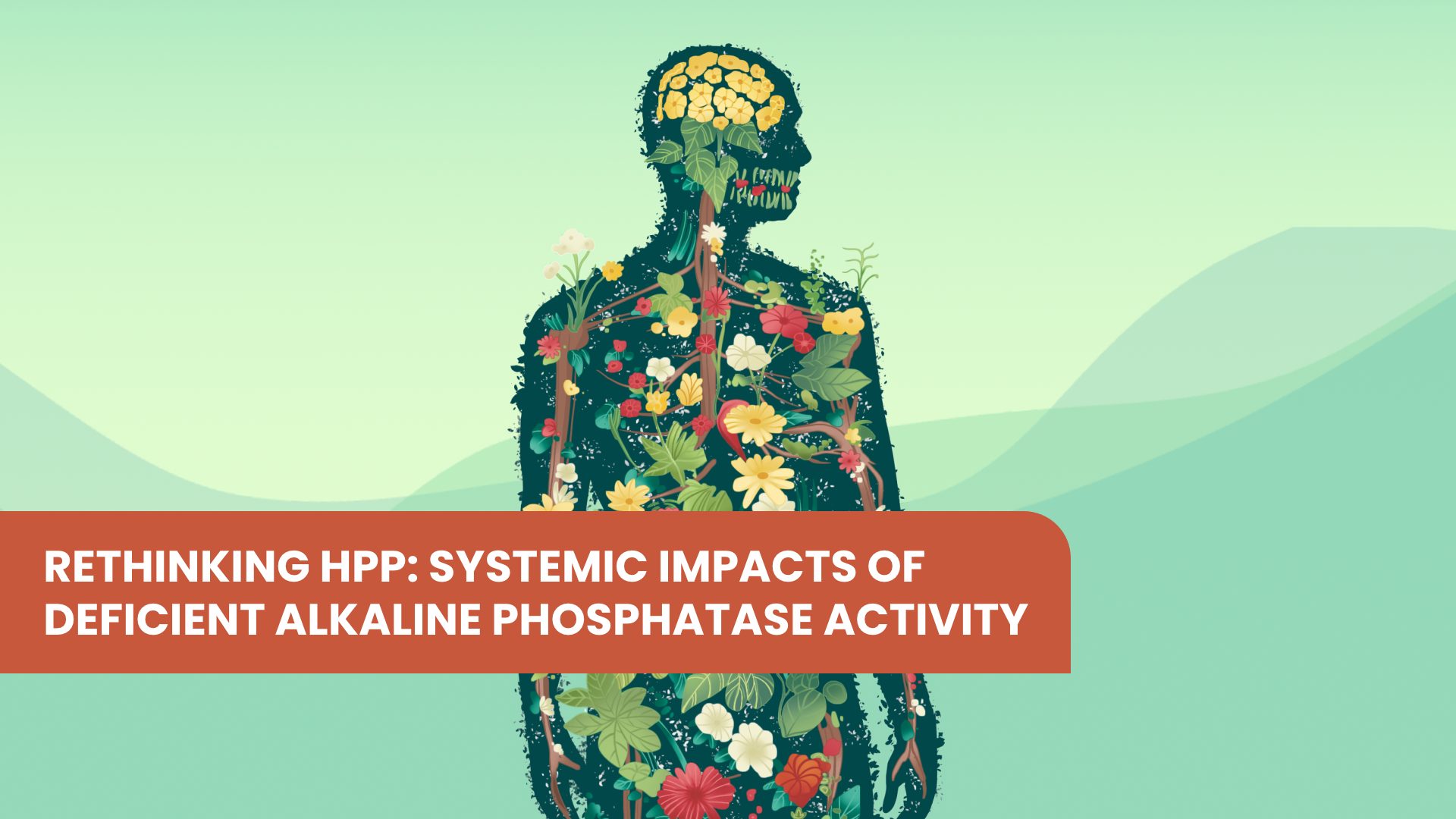
 4 MIN
4 MIN
 May 2025
May 2025 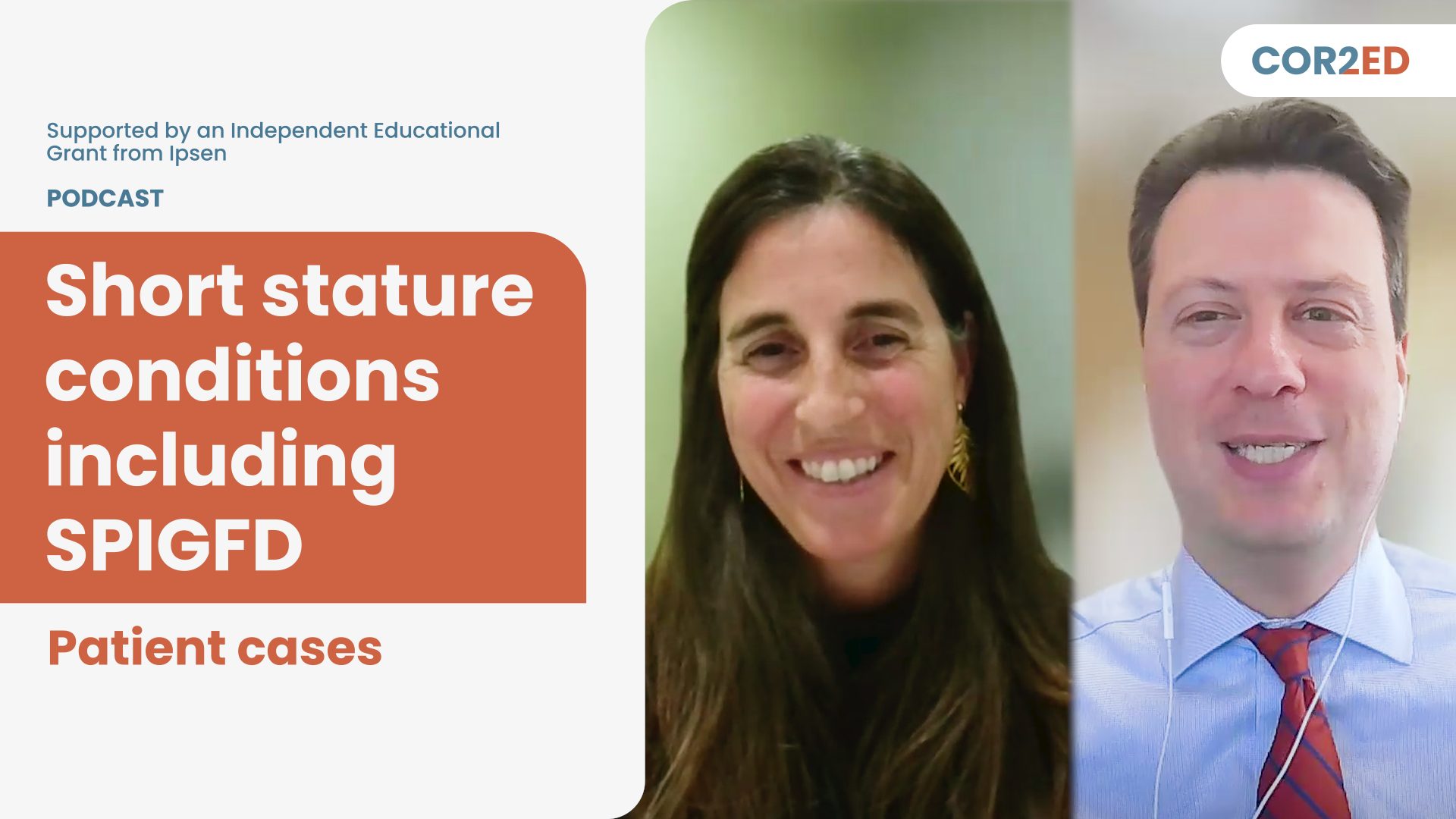
 Downloadable
Downloadable 